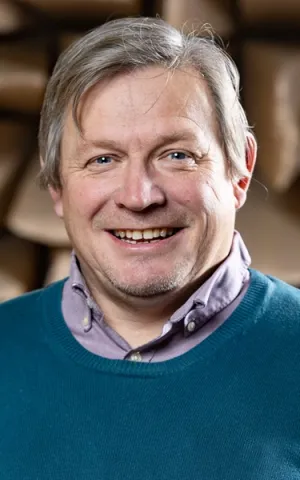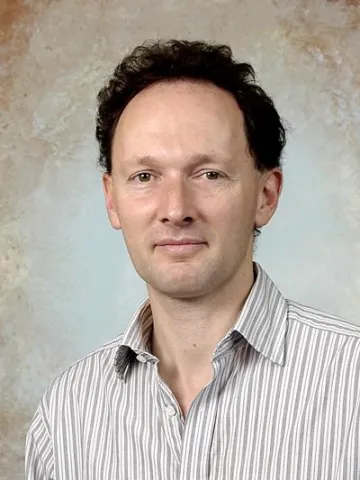Project overview
Project Greensand works to ensure that Denmark can use CO2 storage as part of the solution to the climate challenges. The consortium consists of 23 Danish and international partners who contribute expertise from transport, storage and monitoring of CO2 in the subsoil. The consortium's members include everything from Danish and international companies, research institutes, universities and start-ups. The University of Southampton contribution to this project is in the provision and testing of an active acoustic system on a seabed lander capable of detecting unintended emissions.
The goal for Project Greensand is to help establish a value chain for transport and geological CO2 storage offshore in Denmark by the end of 2025. The project is currently in the pilot phase, which is called phase 2. Here the project is developed and demonstrated. The first CO2 to be stored in the North Sea will be sailed from Antwerp in Belgium to the Nini platform in the North Sea. Here it is sent underground via the existing offshore platform and a dedicated well for the purpose. The end goal of CO2 is in a sandstone reservoir 1800 meters below the seabed, where it is permanently stored.
Geological and production data on the Nini field have been collected for more than 20 years. This means that the consortium's leading partners INEOS and Wintershall Dea know the structures of the underground very well. All this data is important knowledge when the CO2 is to be sent underground - and subsequently monitored carefully to ensure efficient and secure storage.
The goal for Project Greensand is to help establish a value chain for transport and geological CO2 storage offshore in Denmark by the end of 2025. The project is currently in the pilot phase, which is called phase 2. Here the project is developed and demonstrated. The first CO2 to be stored in the North Sea will be sailed from Antwerp in Belgium to the Nini platform in the North Sea. Here it is sent underground via the existing offshore platform and a dedicated well for the purpose. The end goal of CO2 is in a sandstone reservoir 1800 meters below the seabed, where it is permanently stored.
Geological and production data on the Nini field have been collected for more than 20 years. This means that the consortium's leading partners INEOS and Wintershall Dea know the structures of the underground very well. All this data is important knowledge when the CO2 is to be sent underground - and subsequently monitored carefully to ensure efficient and secure storage.

